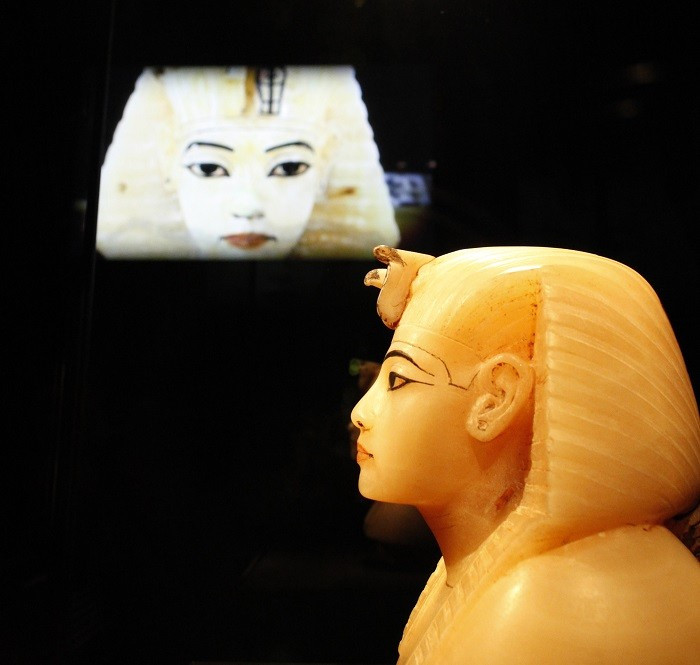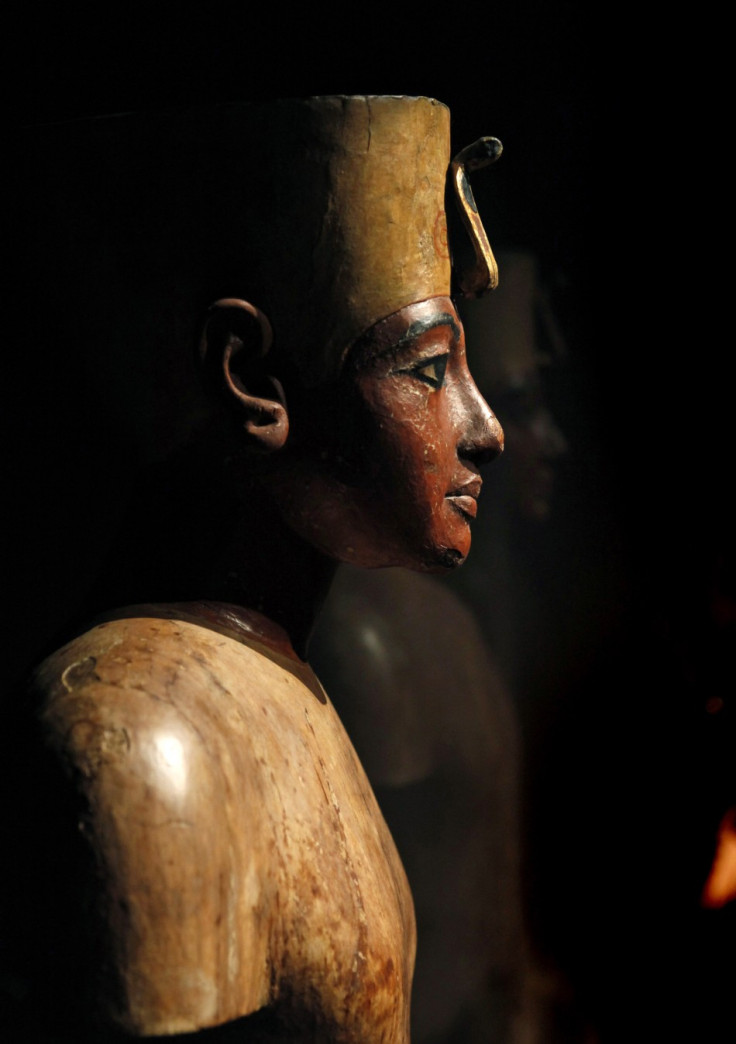Mummy of Tutankhamun 'Spontaneously Combusted' after Botched Embalming

Egyptian pharaoh Tutankhamun's mummified body burst into flames after an attempt to embalm the king went horribly wrong, over 3,000 years ago.
A new TV documentary about one of Egypt's most famous pharaohs adds fuel to the rumours about the curse of King Tut.
A fragment of flesh from the teenage pharaoh was tested by researchers who discovered that his body caught fire while still in its coffin.
Fire investigators who were consulted believe a chemical reaction caused embalming oils used on Tutankhamun to burst into flames.
Dr Chris Naunton, director of the Egypt Exploration Society concluded that King Tut's body spontaneously combusted due to a badly conducted mummification.
Forensic scientists from the Cranfield Forensic Institute in Bedfordshire carried out a virtual autopsy of the body using X-ray and CAT scanning technology.
Researchers discovered that embalming oils combined with oxygen and linen caused a chemical reaction that "cooked" the king's body at temperatures of more than 200C.
Dr Naunton says: "Despite all the attention Tut's mummy has received over the years the full extent of its strange condition has largely been overlooked. The charring and possibility that a botched mummification led to the body spontaneously combusting shortly after burial was entirely unexpected, something of a revelation, in fact.

"I think what the project shows is that when it comes to ancient material there is always more to learn, and there probably will be in the future, but with this study we have taken a big step forward in terms of understanding what happened at the end of Tut's life."
Scientists also hope to ascertain whether the king died as the result of wounds caused in battle. The cause of Tutankhamun's death has been debated for years and there are no surviving records from the final days of his reign to shed light on what happened.
There has long been speculation that the 17-year-old king was assassinated or killed in conflict, with some experts believing that his death was the result of an accident or illness.
A CAT scan taken in 2005 shows that he had suffered a fracture to his left leg shortly before his death, and that the leg had become infected. DNA analysis carried out in 2010 highlighted the presence of malaria in his system.
The new documentary suggests an alternative theory on Tutankhamun's cause of death. Drawing on the expertise of car crash investigators, they reveal that King Tut's mummy was the only pharaoh to be missing its heart, apparently because it was damaged beyond repair.
The pharaoh's injuries were matched to a specific death scene scenario - with car-crash investigators creating computer simulations of chariot accidents. The results suggest a chariot smashed into him while he was on his knees - shattering his ribs and pelvis and crushing his heart.
Tutankhamun: The Mystery of the Burnt Mummy - Secret History will be shown in the UK on Channel 4 at 8pm on 10 November.
© Copyright IBTimes 2025. All rights reserved.




















